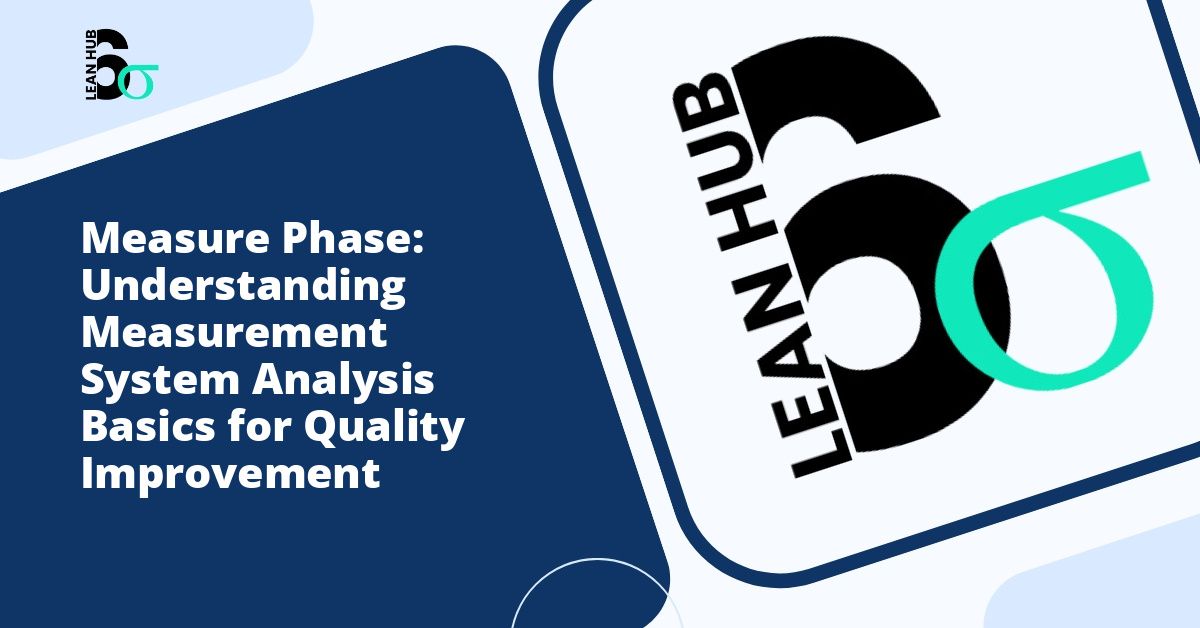Time series data collection represents one of the most critical aspects of modern business analytics and process improvement methodologies. Understanding how to properly gather, organize, and analyze sequential measurements can mean the difference between actionable insights and meaningless statistics. Whether you are implementing quality control measures, monitoring production processes, or tracking customer behavior patterns, mastering time series data collection techniques is essential for making informed decisions.
Understanding Time Series Data Collection
Time series data refers to a sequence of data points collected at successive time intervals. Unlike cross-sectional data that captures a snapshot at a single point in time, time series data allows analysts to observe patterns, trends, and changes over extended periods. This temporal dimension provides invaluable context for understanding cause-and-effect relationships and predicting future outcomes. You might also enjoy reading about How to Create a Data Collection Plan: Step-by-Step Guide with Templates.
In practical applications, time series data might include daily sales figures, hourly temperature readings, quarterly revenue reports, or monthly customer satisfaction scores. The sequential nature of these measurements enables organizations to identify seasonal patterns, detect anomalies, and forecast future trends with greater accuracy than static data analysis methods. You might also enjoy reading about Process Performance vs. Process Capability: Understanding the Difference for Quality Excellence.
The Role of Time Series Data in Lean Six Sigma Methodology
Within the framework of lean six sigma methodology, time series data collection plays a fundamental role in process improvement initiatives. This data-driven approach to eliminating waste and reducing variation relies heavily on accurate, sequential measurements to identify opportunities for optimization. You might also enjoy reading about Attribute Agreement Analysis: A Complete Guide to Measuring Consistency in Go/No-Go Decisions.
During the recognize phase of process improvement projects, practitioners must first identify the problem or opportunity for enhancement. Time series data provides the evidence-based foundation necessary to recognize patterns, trends, and deviations from expected performance. Without properly collected sequential measurements, teams cannot accurately assess baseline performance or establish meaningful improvement targets.
The recognize phase serves as the starting point for any successful improvement initiative. By analyzing time series data during this critical stage, organizations can distinguish between normal process variation and special cause variation that requires intervention. This distinction forms the cornerstone of effective problem-solving and resource allocation.
Best Practices for Sequential Measurement Collection
Establish Clear Measurement Objectives
Before collecting any time series data, organizations must define precisely what they intend to measure and why. Clear objectives guide decisions about measurement frequency, duration, and the specific metrics to track. Without well-defined goals, data collection efforts often result in information overload without actionable insights.
Consider the business questions you need to answer. Are you tracking process stability, identifying improvement opportunities, or validating the effectiveness of implemented changes? Each objective may require different approaches to data collection and analysis.
Select Appropriate Sampling Intervals
The frequency of data collection significantly impacts the quality and usefulness of time series analysis. Sampling intervals that are too long may miss important variations or short-term trends, while excessively frequent sampling can create unnecessary workload and potentially introduce measurement error.
When determining sampling frequency, consider the natural cycle time of the process being measured. Manufacturing processes with minute-by-minute variations require different sampling strategies than quarterly business performance metrics. The chosen interval should be frequent enough to capture meaningful changes while remaining practical for sustained data collection.
Ensure Measurement Consistency
Consistency in measurement methods is paramount for reliable time series analysis. Variations in how data is collected, who collects it, or the instruments used can introduce confounding variables that obscure genuine trends and patterns.
Develop standardized procedures for data collection, including detailed instructions for measurement techniques, equipment calibration schedules, and data recording formats. Training all personnel involved in data collection ensures that measurements remain consistent regardless of who performs them or when they occur.
Document Contextual Information
Time series data gains significantly more value when accompanied by relevant contextual information. Recording environmental conditions, process changes, equipment maintenance activities, or other potentially influential factors helps analysts understand variations in the data and identify causal relationships.
Create a system for logging events that may impact measured variables. This metadata proves invaluable when investigating anomalies or validating hypotheses about process behavior. Without context, analysts may struggle to explain observed patterns or may incorrectly attribute changes to the wrong causes.
Technology and Tools for Effective Data Collection
Automated Data Collection Systems
Modern technology offers numerous opportunities to automate time series data collection, reducing human error and enabling more frequent measurements. Sensors, industrial control systems, and Internet of Things devices can continuously monitor processes and record data without manual intervention.
Automated systems provide several advantages including consistent measurement timing, elimination of transcription errors, and the ability to collect data at frequencies impractical for manual methods. However, organizations must ensure these systems are properly calibrated, maintained, and validated to guarantee data quality.
Database Management and Storage
Proper storage and organization of time series data is essential for long-term analysis and retrieval. Implement database systems designed to handle temporal data efficiently, with appropriate indexing and query capabilities. Cloud-based solutions offer scalability and accessibility advantages for organizations with multiple locations or remote teams.
Consider data retention policies that balance storage costs with analytical needs. While detailed historical data supports comprehensive analysis, organizations must determine practical limits for data storage based on regulatory requirements, analytical value, and available resources.
Common Pitfalls to Avoid
Insufficient Data Collection Duration
One frequent mistake in time series analysis involves collecting data for inadequate periods. Short data collection windows may miss seasonal variations, cyclical patterns, or long-term trends that are critical for accurate analysis. Ensure your data collection period is long enough to capture the full range of normal process variation.
Ignoring Data Quality Issues
Missing data points, measurement errors, and outliers can significantly compromise time series analysis. Implement quality checks to identify and address data anomalies promptly. Develop protocols for handling missing data, whether through imputation, interpolation, or other appropriate methods.
Failing to Account for External Influences
Time series data rarely exists in isolation. External factors such as seasonal effects, market conditions, or regulatory changes can influence measured variables. Failing to consider these influences may lead to incorrect conclusions or ineffective improvement strategies.
Analyzing and Interpreting Time Series Data
Once collected, time series data requires appropriate analytical techniques to extract meaningful insights. Statistical process control charts, trend analysis, and forecasting models each serve specific purposes in understanding sequential measurements.
Visual representation of time series data often reveals patterns not immediately apparent in raw numbers. Line graphs, control charts, and seasonal decomposition plots help stakeholders understand trends and variations quickly. Combine visual analysis with statistical methods to validate observations and quantify relationships.
Implementing Continuous Improvement
Time series data collection should not be a one-time exercise but rather an ongoing process that supports continuous improvement efforts. Regular review of collected data helps organizations identify emerging issues before they become critical problems and validates the effectiveness of implemented solutions.
Within lean six sigma frameworks, the recognize phase naturally leads to subsequent stages of process improvement. Quality time series data collected during initial recognition activities continues to provide value throughout the entire improvement cycle, from analysis and implementation through control and sustainment phases.
Conclusion
Effective time series data collection forms the foundation for evidence-based decision making and process improvement. By following established best practices including clear objective setting, appropriate sampling intervals, measurement consistency, and proper documentation, organizations can gather sequential measurements that provide genuine insights into process behavior and performance trends.
Whether applied within lean six sigma methodology during the recognize phase or as part of broader business intelligence initiatives, well-executed time series data collection enables organizations to understand their processes deeply, identify opportunities for improvement, and track progress toward strategic goals. The investment in proper data collection methods yields returns through better decisions, reduced waste, and sustained competitive advantage.








